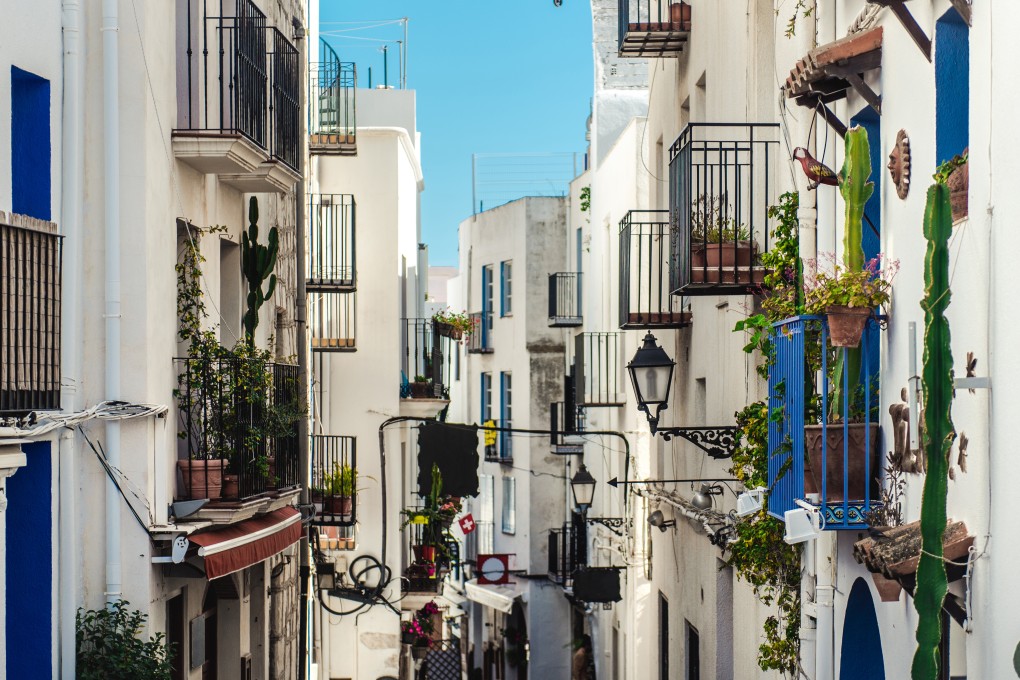The good, bad and ugly sides of the Spanish costas
From Benidorm to James Bond: Spain’s eclectic coastline has long been a magnet for Europeans of every persuasion

THE GOOD
Think of Spain and the Orange Blossom Coast probably isn’t the first place that comes to mind. But the Costa del Azahar, north of Valencia, is an unspoiled region cloaked in citrus and fig orchards with shallow, family-friendly beaches and strict building codes designed to regulate development.
Also off the beaten track is the Costa de la Luz, where long stretches of golden sand are empty apart from a year-round community of windsurfers. Then there’s the Costa do Marisco, or Shellfish Coast, part of the much larger Costa Verde, which has the best beaches in Spain. Or beat the crowds by exploring the Costa Cálida, the Costa Tropical or the desert-like Costa de Almeria, which lures northern Europeans with the warmest and driest winters in mainland Europe.
But for a combination of fun in the sun and unrivalled nightlife, the Big Three lead the way.
The Costa Brava welcomed its first package holidaymakers in 1954 and, while resorts such as Lloret de Mar cater for mass tourism, there are plenty of secluded coves and exclusive boltholes to discover. The Rugged Coast, to use its English name, is ideally situated for day trips. Girona, with its medieval architecture and walled Old Quarter, is an hour north and Barcelona is an hour south. You can drive to the photogenic southern French city of Perpignan in no time or shop until you drop in the designer outlet village of La Roca.
